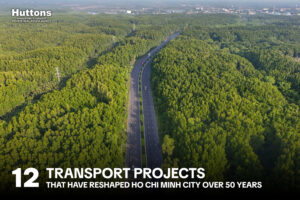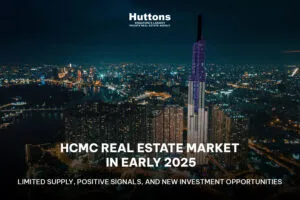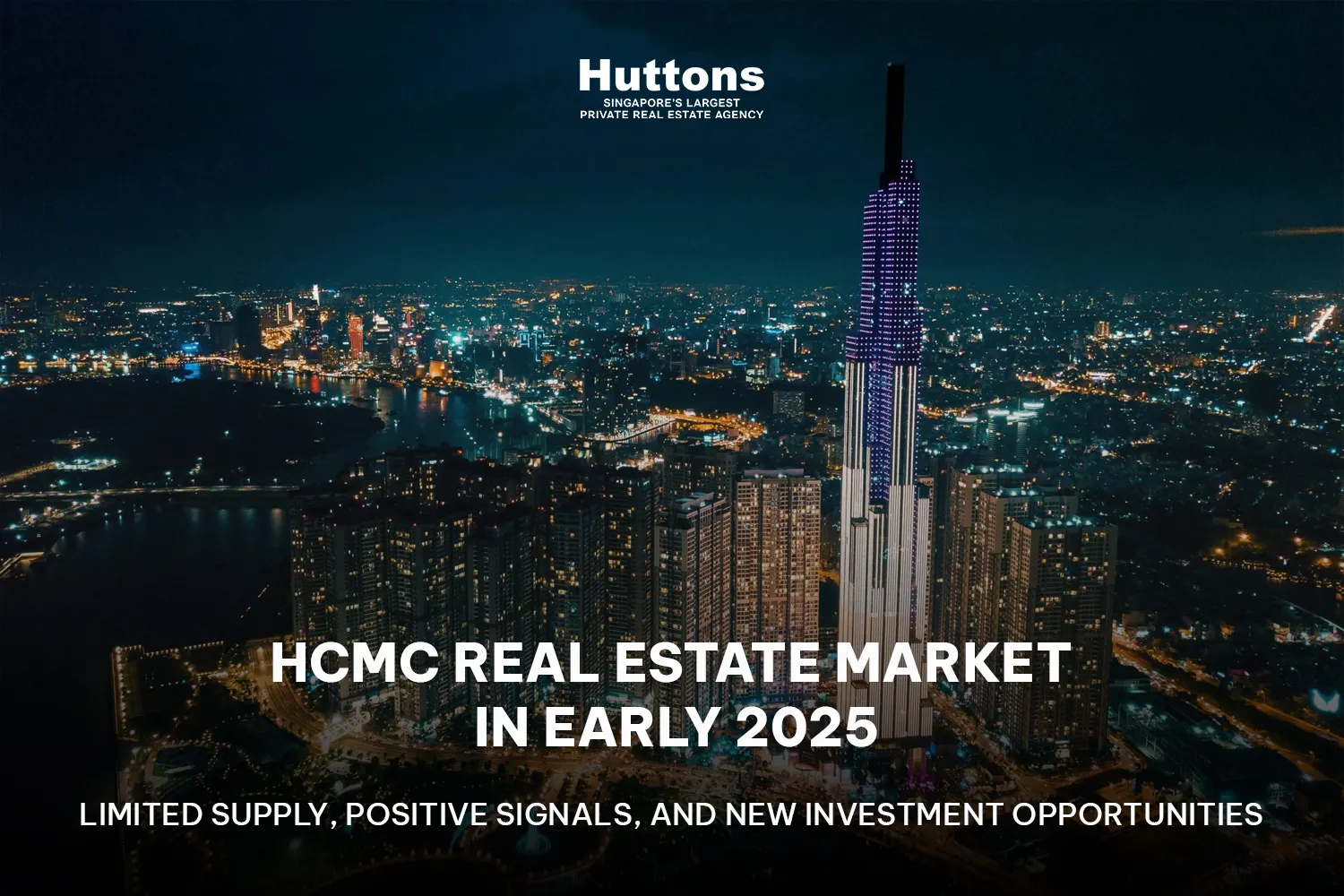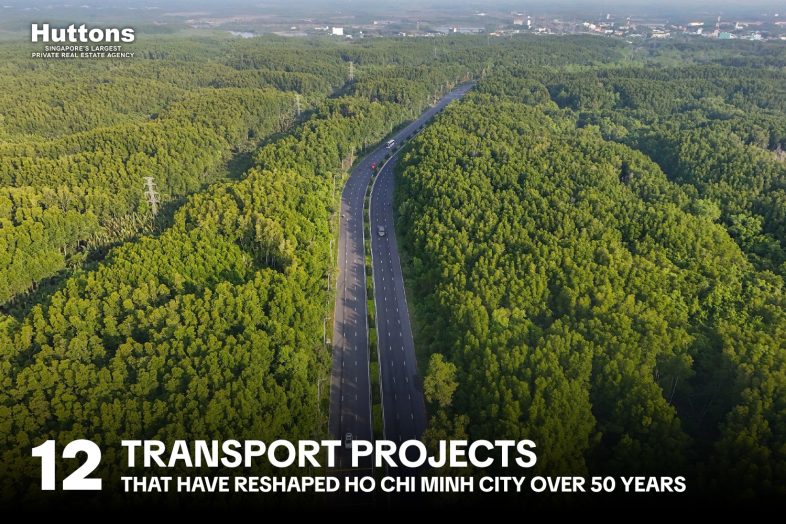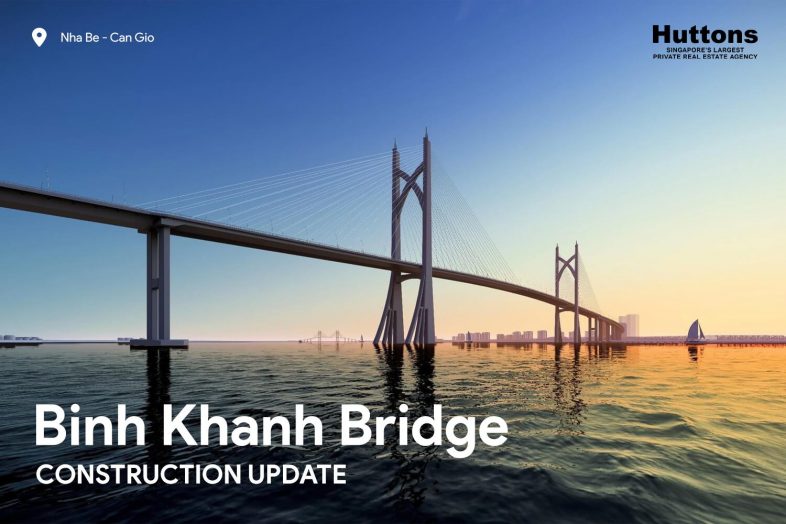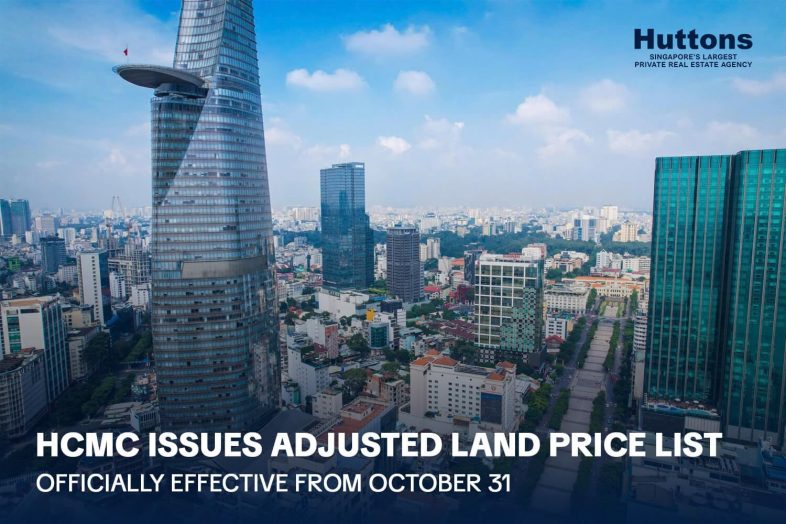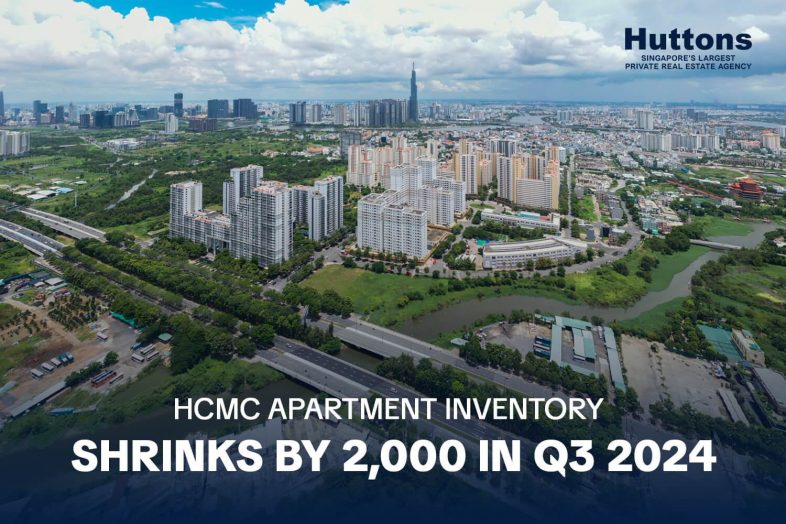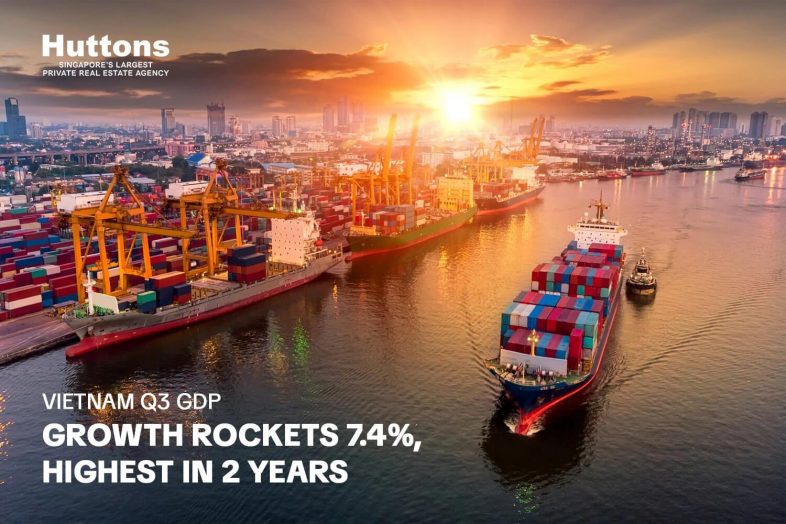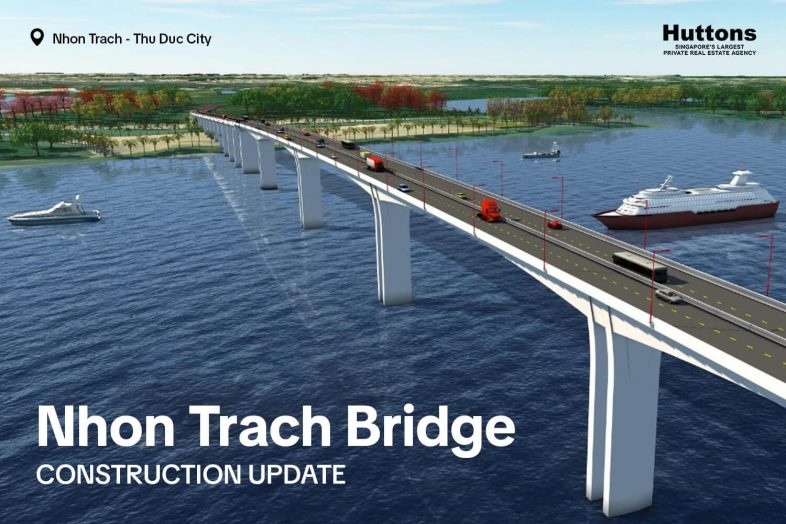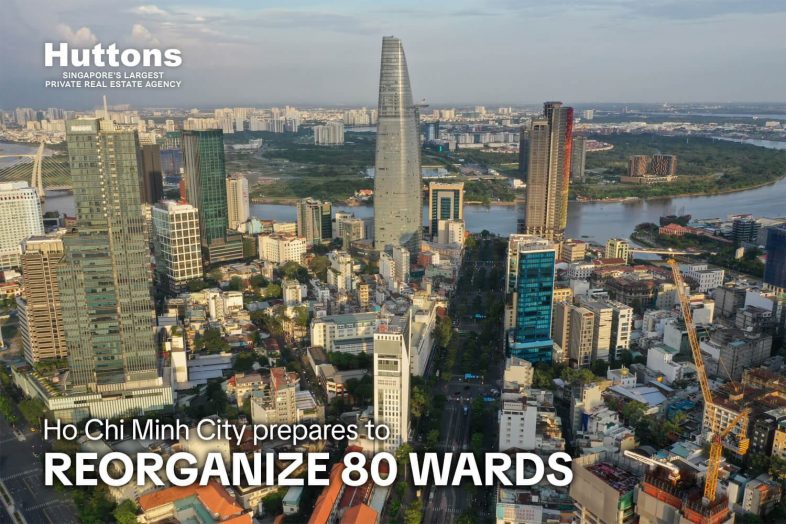The Ho Chi Minh City (HCMC) real estate market report from CBRE Vietnam for the early months of 2025 presents an overall picture of limited residential supply, but with emerging positive signals, particularly in resolving legal bottlenecks, paving the way for noteworthy investment opportunities.
Residential Supply Remains Scarce, But Legal Framework Gradually Easing
In the first quarter of 2025, new residential supply in HCMC remained quite modest, with only about 350 condominium units and 58 ready-built townhouses/villas launched. Notably, all this new supply came from subsequent phases of existing projects.
However, a significant bright spot is the progress in resolving legal bottlenecks. Ms. Duong Thuy Dung, Executive Director of CBRE Vietnam, noted that some projects are showing positive developments. For instance, a condominium project in District 7 may soon be eligible to sign sales and purchase agreements (SPAs).
`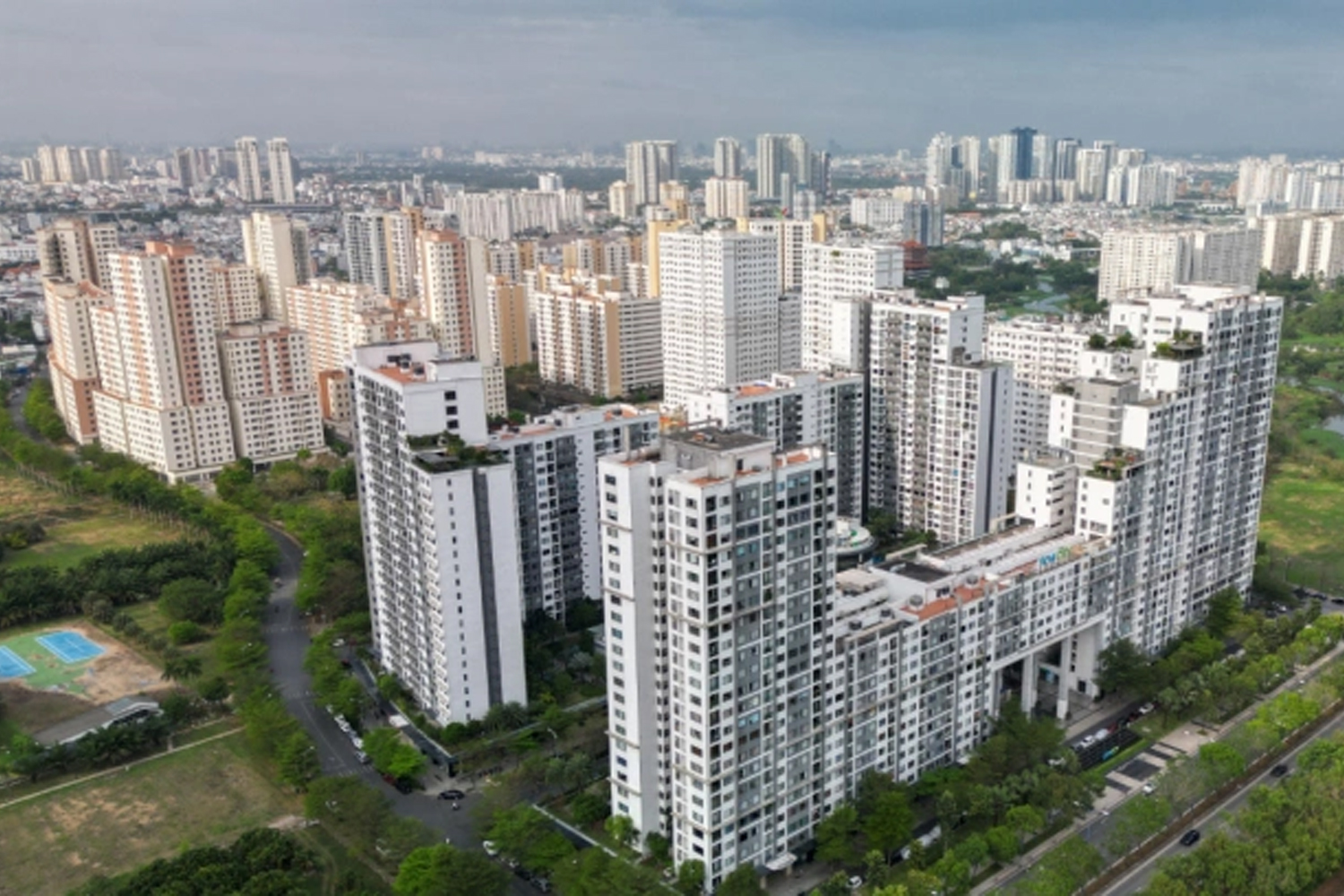
Concurrently, long-delayed housing projects in Thu Duc City (handed over between 2016-2019) are expected to finally issue ownership certificates (often referred to as "sổ hồng" or pink books) to buyers. According to data from the HCMC People's Committee, approximately 38,000 apartments are expected to receive title deeds in 2025. This is a crucial signal helping to restore market and buyer confidence.
In fact, since the end of 2024, new sales activities have begun to resume in Thu Duc City after nearly two years of stagnation due to legal entanglements.
Shift Towards Suburban Areas & The Appeal of the West
In recent years, the integrated township model in HCMC's suburban areas has gained strong momentum, supported by accelerated investment in key infrastructure projects.
Experts highlight that the western region of HCMC, home to several major developers, is witnessing bustling preparations for new launches and recording high reservation (booking) demand. As evidence, one urban project near the airport in Tan Phu district recorded over 1,000 reservations within just ten days of its announcement.
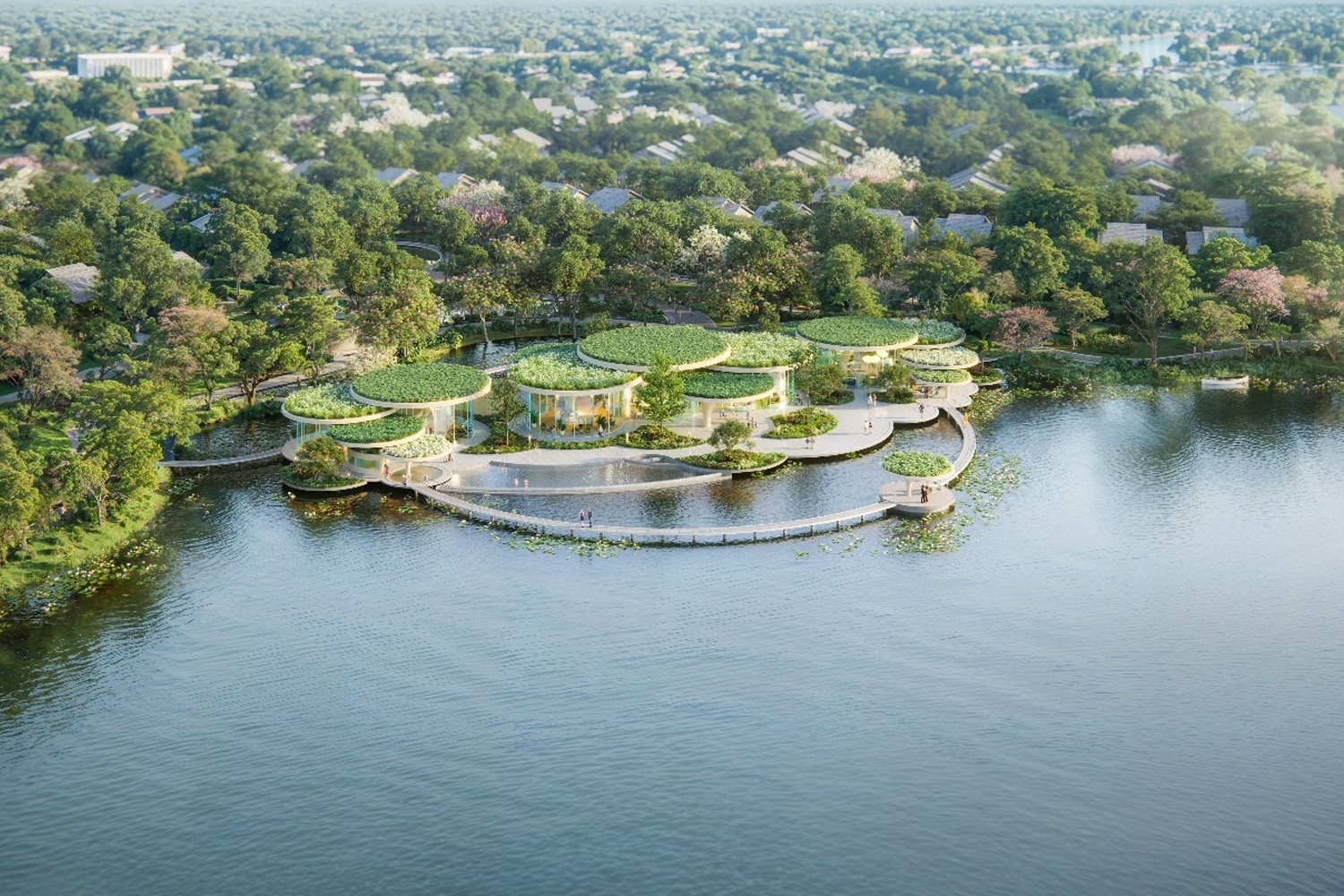
The momentum is spreading to neighboring provinces like Long An. A series of projects are attracting investor interest, including a green urban township in Ben Luc (near Binh Chanh) currently accepting reservations, and another urban area of nearly 200 hectares in Duc Hoa, which recently broke ground and is expected to launch later this year.
The residential market in West HCMC is projected to become more vibrant in the coming quarters. Total new residential supply for the full year 2025 is expected to reach over 8,600 condominium units and fewer than 1,000 ready-built townhouses/villas, mostly concentrated in the city's suburban areas.
Office and Industrial Segments Show Optimistic Signs
It's not just the residential sector; the office leasing segment also shows bright spots. Mr. Thanh Pham, Associate Director of Research & Consulting Services at CBRE Vietnam, reported continued strong absorption in newly completed Grade A buildings, with over 4,000 sqm taken up in Q1.
CBRE's 2024 Asia-Pacific Office Occupier Survey revealed that competitive rental rates and high-quality services are the two primary factors influencing tenants' decisions to relocate. Relocation purposes accounted for 50% of major lease transactions tracked by CBRE in Q1 2025. The Information Technology (IT) sector continued to lead in both transaction volume (25%) and leased space (31%).
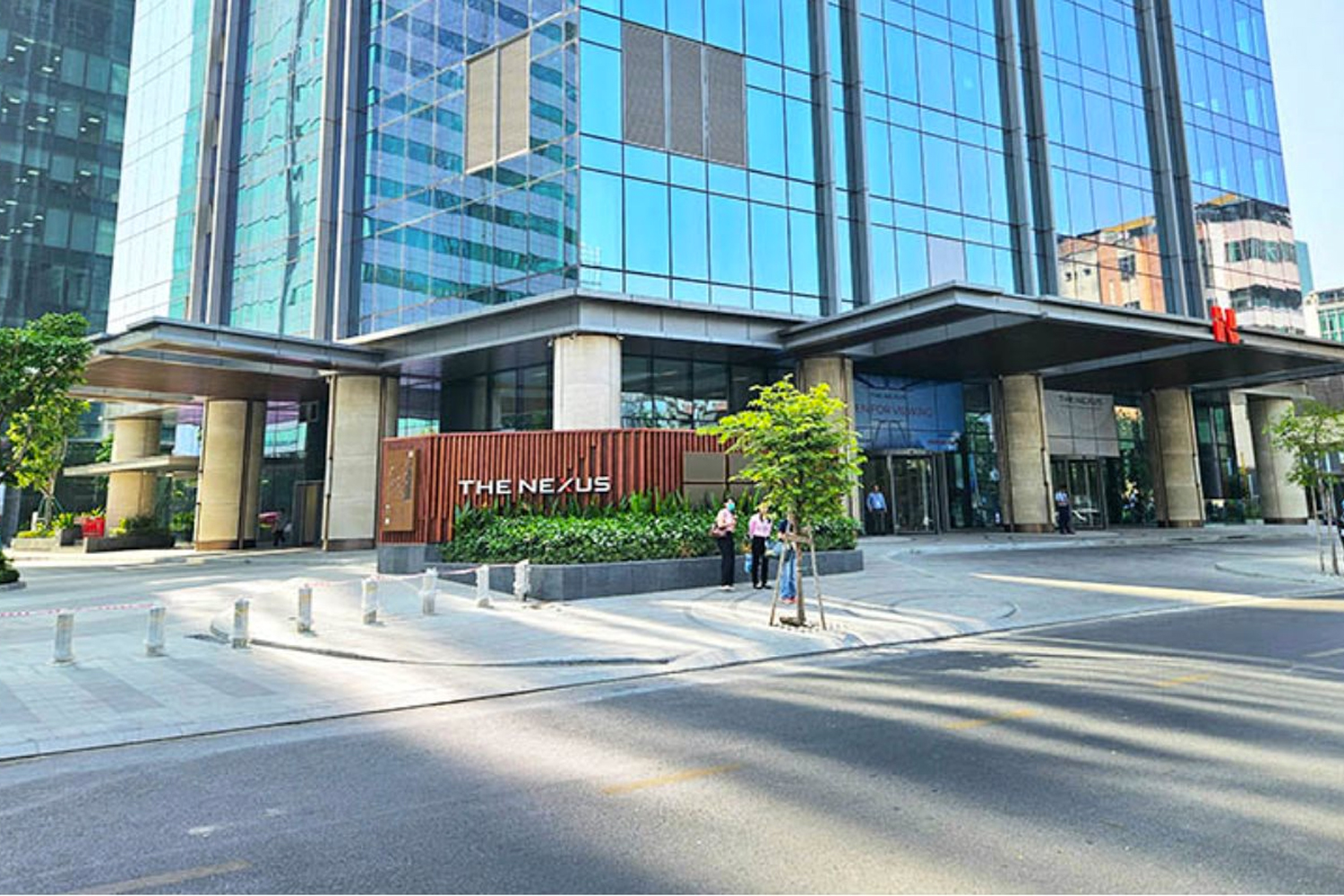
Meanwhile, the industrial land market in Southern Vietnam maintained a stable occupancy rate of 89%. The ready-built warehouse and factory segments also saw positive developments, with occupancy rates reaching 72% and 89% in Q1, representing significant year-on-year increases of 14 percentage points and 3 percentage points, respectively.
Although new residential supply in central HCMC remains limited, the real estate market is showing signs of recovery and positive transformation, particularly regarding legal aspects and vibrancy in suburban areas. The Grade A office and industrial real estate segments are also registering optimistic signals.
This is crucial information for investors to consider and evaluate opportunities as the market gradually warms up. Focusing on projects with clear legal status, reputable developers, and anticipating suburban infrastructure development trends is considered a potential strategy during this period.
Source: Internet


